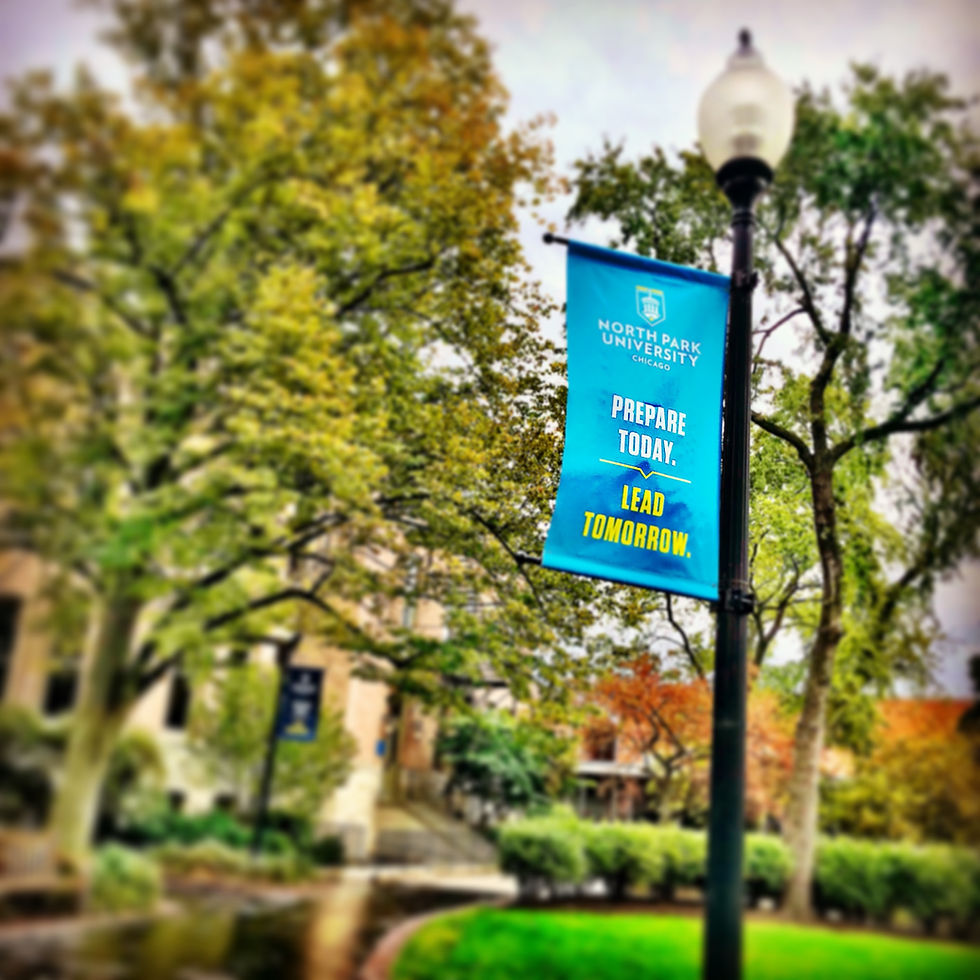Catch Your Pulse
- Dr. Renée-Paule Gauthier
- Jun 15, 2015
- 4 min read
Honestly, as you can imagine, it really isn't all that fun directing yourself, running back and forth to the monitors to see if you're terrible or not. - George Clooney
In my last post, I discussed ways to make the most of the summer period and strongly encouraged students to embrace and incorporate technology into their practicing arsenal. One of the best way to ensure monitoring and accelerate progress is by recording yourself.
A recording gives you an honest (sometimes painfully brutal!) account of the situation. Like a stethoscope, it enhances and brings crucial elements to the surface, giving a better reading of the pulse of the music. By paying close attention to all the small details (sound quality, intonation, phrasing, rhythm, etc.) and by trying to close the gap between one’s ideal conception and actual rendition of a work, one can progress really fast.
I find that recording myself, as unpleasant as it may be, is a great way to “check my pulse,” to get a clear idea of what is really happening. Like an ear workout, it refines my listening skills and my reflexes and speeds up my “mind to finger” process. Of course, we always (ideally!) listen to ourselves while we play, but we are actually so busy doing stuff that we can miss a lot of the information that passes through our ears. Recording myself helps me identify the problems faster and allows me to notice elements which might have eluded my awareness.
This can be done a number of different ways. Personally, I use two main approaches: the short segment buildup, and the run through assessment.
Short segment buildup
This approach is my favorite and the one which, in my opinion, yields the most dramatic results. I find that doing this kind of focused sensory work early in the practice session has a lasting impact and brings a greater level of awareness to that day’s entire work. It is best for passages that have already been technically mastered. If a particular sixteenth-note run or a difficult shift cannot be performed, we have not reached the recording stage yet and need to go back to ground work.
First, I select a few short segments (never longer than a phrase), and then decide how much time to spend on each one - usually no more than a few minutes. Before I play, I take time to go through the passage mentally, making sure I have a clear idea of the musical direction of the passage and thinking of the different technical elements that I will use to make this idea come to life.
Once I have a strong conception of the segment, I begin the process. I play through the passage once without stopping and listen to it right away. While I listen, I take mental notes and write down in the music anything I think is pertinent. I analyze the elements with which I am dissatisfied and try to think of solutions to improve them. Without practicing, I record the passage again, trying my best to implement these solutions right away.
I repeat this process a few times and move on to the next passage. Rather than slaving on one particular passage for an endless period of time until I’m satisfied (satisfaction never happens!), I try to stick to my self-imposed time limit and, if need be, I make a note to revisit the passage again. As I’ve said before, things improve over long periods of time, and the passage will most likely continue to improve by itself, building on the progress made that day.
Run through assessment
The run through assessment can be a useful tool, especially as one gets close to concert time, and it can be a great way to prepare performing a work.
As with the short segment build up routine, begin with a really clear musical idea. Decide on the length of the passage you will play (a whole page, movement, work) and set your intention to play through it as though you were in the real performance setting. Once you begin, you can’t stop: it’s show time! If you have the luxury of doing so, take the time to sit down, listen to the recording very intently, and take notes. If your life is a bit more hectic, you can listen to it while accomplishing other tasks. Even though you will not get the same level of detailed feedback, you will still get a respectable amount of information out of it. Either way, you will have had the experience of playing through the passage/movement/piece in performance mode.
Mixing in the visual
With the advance of technology, most of us carry amazing devices in our pockets. It’s worth exploring a little bit! Video recordings add an additional layer of data to the mix. You can observe and analyze all the physical parameters of your playing in a few telling frames. I recommend starting with audio recordings in order to make sure that your ears remain your primary guide, but videos can help you make big strides in your progress and turn you into a very efficient teacher for yourself.
The equipment
As far as equipment is concerned, I would favor as practical a setup as possible. Although you might sacrifice a little bit of sound quality, having something that is ultra-easy to use (I use the sound memo and the video camera apps on my iPhone) will make the whole experience less arduous. Keep the highly complex toys for recordings that have a specific purpose, such as application tapes for school, summer camp, and/or orchestra auditions.




Comments